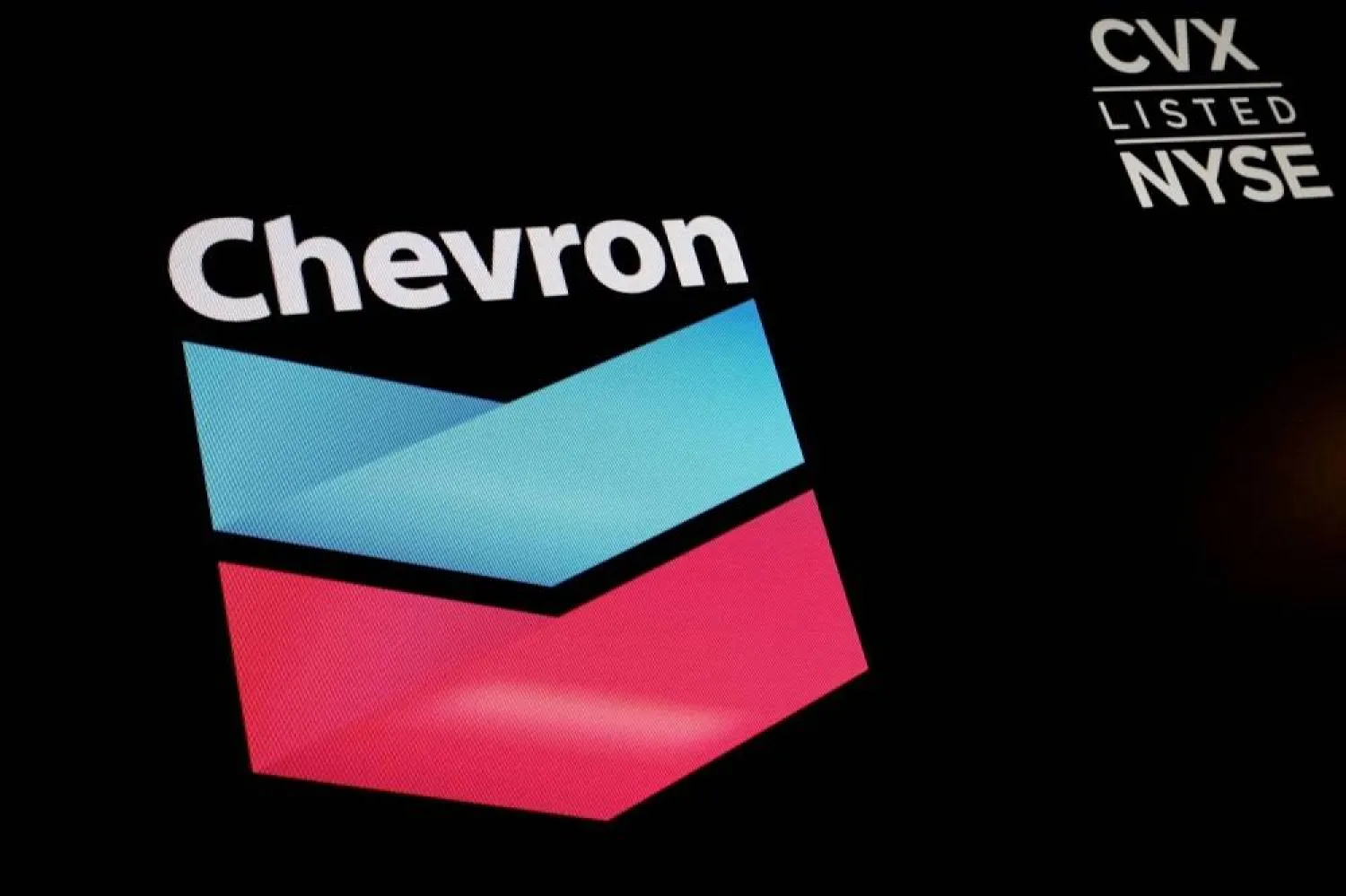Oil prices slipped on Thursday as the prospect of a possible recession in the United States, the world's largest oil consumer, offset concerns of tight supply.
Brent crude fell 55 cents, or 0.63%, to $86.78 a barrel by 1352 GMT. US West Texas Intermediate (WTI) slipped 46 cents, or 0.55%, to $82.80.
Both Brent and WTI had risen 2% on Wednesday to their highest in more than a month as cooling US inflation spurred hopes that the US Federal Reserve will stop raising interest rates.
However, minutes from the Fed's last policy meeting indicated that banking sector stress could tip the economy into recession, which would weaken US oil demand.
The Organization of the Petroleum Exporting Countries (OPEC) flagged downside risks to summer oil demand in a monthly report on Thursday. But OPEC kept its forecast for global oil demand growth in 2023 unchanged.
The market is a keeping a close eye on indicators of economic growth, which Tamas Varga of oil broker PVM described as fragile. "Inflationary pressure could easily become elevated again," Varga said.
The market is still reeling from the shock decision by OPEC and its allies, together known as OPEC+, to cut output further.
The executive director of the International Energy Agency expects the move to tighten supply in the second half of the year and push oil prices higher, Reuters reported.
However, the International Monetary Fund on Tuesday highlighted the risk this poses to global economic expansion.
For every 10% rise in the price of oil, IMF models show a 0.1 percentage point reduction in growth and a 0.3 percentage point increase in inflation, IMF chief economist Pierre-Olivier Gourinchas said.
Markets on Wednesday shrugged off a small build in US crude oil stocks, attributing it in part to a release of oil from the US emergency reserve and lower exports at the start of the month.
The Biden administration plans to refill the US Strategic Petroleum Reserve soon and hopes to do it at lower oil prices, US Energy Secretary Jennifer Granholm said on Wednesday.







